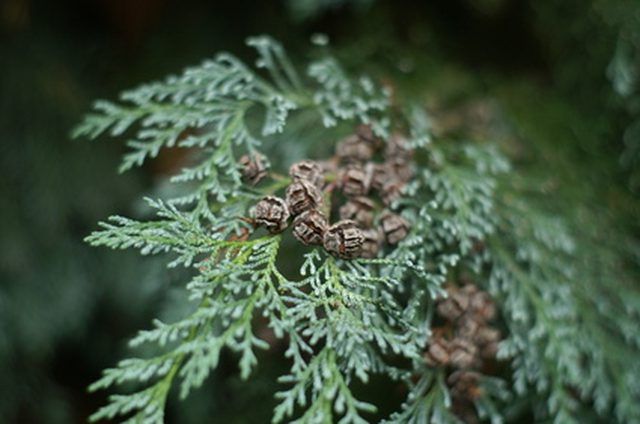Bulbs
Flower Basics
Flower Beds & Specialty Gardens
Flower Garden
Garden Furniture
Garden Gnomes
Garden Seeds
Garden Sheds
Garden Statues
Garden Tools & Supplies
Gardening Basics
Green & Organic
Groundcovers & Vines
Growing Annuals
Growing Basil
Growing Beans
Growing Berries
Growing Blueberries
Growing Cactus
Growing Corn
Growing Cotton
Growing Edibles
Growing Flowers
Growing Garlic
Growing Grapes
Growing Grass
Growing Herbs
Growing Jasmine
Growing Mint
Growing Mushrooms
Orchids
Growing Peanuts
Growing Perennials
Growing Plants
Growing Rosemary
Growing Roses
Growing Strawberries
Growing Sunflowers
Growing Thyme
Growing Tomatoes
Growing Tulips
Growing Vegetables
Herb Basics
Herb Garden
Indoor Growing
Landscaping Basics
Landscaping Patios
Landscaping Plants
Landscaping Shrubs
Landscaping Trees
Landscaping Walks & Pathways
Lawn Basics
Lawn Maintenance
Lawn Mowers
Lawn Ornaments
Lawn Planting
Lawn Tools
Outdoor Growing
Overall Landscape Planning
Pests, Weeds & Problems
Plant Basics
Rock Garden
Rose Garden
Shrubs
Soil
Specialty Gardens
Trees
Vegetable Garden
Yard Maintenance
How to Revive Leyland Cypress
How to Revive Leyland Cypress. Leyland cypress is an evergreen tree with a pyramidal, classic Christmas tree form. It is planted widely as a landscape tree, en masse, as a screen for noise, privacy and unsightly views. Its popularity, at least in part, is due to its low maintenance requirements, but also for its speedy rate of growth. While they...

Leyland cypress is an evergreen tree with a pyramidal, classic Christmas tree form. It is planted widely as a landscape tree, en masse, as a screen for noise, privacy and unsightly views. Its popularity, at least in part, is due to its low maintenance requirements, but also for its speedy rate of growth. While they are low-maintenance evergreens, they do have a few cultural requirements that must be adhered to for the trees to perform well.
Things You'll Need
Water
Compost
Manure
Fertilizer
Organic mulch
Evaluate the moisture level of the planting soil. Feel the surface and dig down a foot or so to feel the soil for moisture. Soil that is very wet may be rotting the tree, as Leyland cypress cannot tolerate soil that is consistently saturated. Scale back irrigation, watering again only when the soil has dried out in the top few inches. Immediately water soil that is dry, which means that the tree is likely suffering drought stress. Drench the soil to a depth of at 8 eight inches.
Provide your Leyland cypress with full sun and trim any trees that may be blocking sun from reaching the tree. When grown in shade, the tree will become defoliated at the lower level and shed its grainy foliage.
Consider thinning trees that were planted too closely together and touch one another or have become enmeshed. Crowded plantings can block fresh airflow, shade the lower branches from sun and create conditions for fungal disease.
Fertilize your tree once or twice per year with an organic or slow-release granular fertilizer with a guaranteed analysis of 10-8-6, or a similar ratio. Apply in the spring and late summer, according to product label directions, and water well until the soil is drenched several inches down.
Top-dress the soil once or twice per year to boost the soil fertility and feed the tree roots. Lay down a few inches of compost and well-aged manure over clear soil, then cover with an organic mulch like leaf mold or shredded bark. This will keep weeds away, insulate the roots against spikes and dips in temperature, and feed the soil as it breaks down over time.